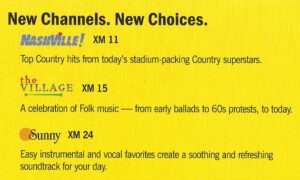
A Beautiful Music Radio Birthday!
On August 26, 2002, XM Satellite Radio management responded to subscriber demand by launching several new music channels … including The Village,…
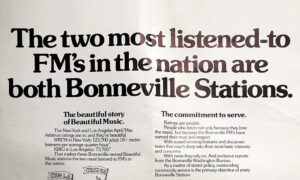
Two Cities … Two Great Stations!
What I wrote about in my previous Musings was really the prelude to the focus of this Musings … the publishing of…

From New York City to the Nation!
If you know my story at all, having been following these Musings for any length of time or have read my Memoir…
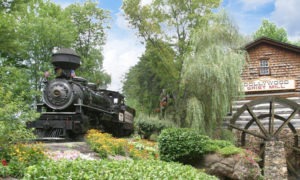
Dolly Parton, a Book, and a Train!
Originally published May 3, 2018 When I read that Dollywood re-opened this week ––after being delayed by many weeks due to the…
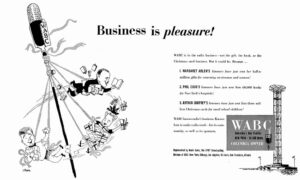
Radio had just celebrated its 25th birthday!
Did you read the above ad closely? Did you know Arthur Godfrey was on WABC? Yes, he was … as this is…

Last Days of World War Two – Part One …
As we remember and celebrate on this, the 75th anniversary of what we call V-E Day, the ending of the Second World…

Lighthouses of Maine …
Are you like me and so many others who find lighthouses so interesting and attractive and a thing of beauty? Today they…
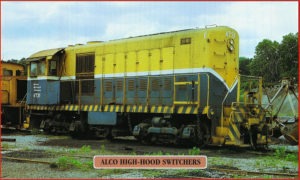
Diesel Locomotives … the early years!
This is one of the earliest “diesel” locomotives to go into regular production and was first offered way back in 1931 by…

Where’s Greenland? What’s “Thule?”
It was May 1959 when my Military Air Transport Service plane touched down at Thule Air Force Base in northwestern Greenland! Not…

Beautiful Music’s Greatest Hits!
Radio’s Easy Listening or Beautiful Music format––of which I have been called a pioneer and pace-setter, even the Father of its modern-day…
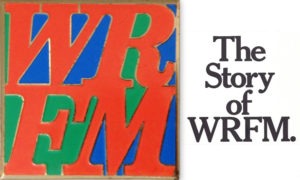
Advice for the New York Advertising Community – PART TWO!
This is the second part of a Marlin’s Musings Encore, where we bring visibility to call letters that are unfamiliar to most…
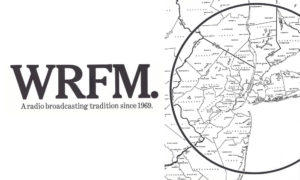
Selling the Advertising Community – Part One!
This is Part One of a two-part Marlin’s Musing Encore displaying how New York City’s WRFM told its story to the vast…